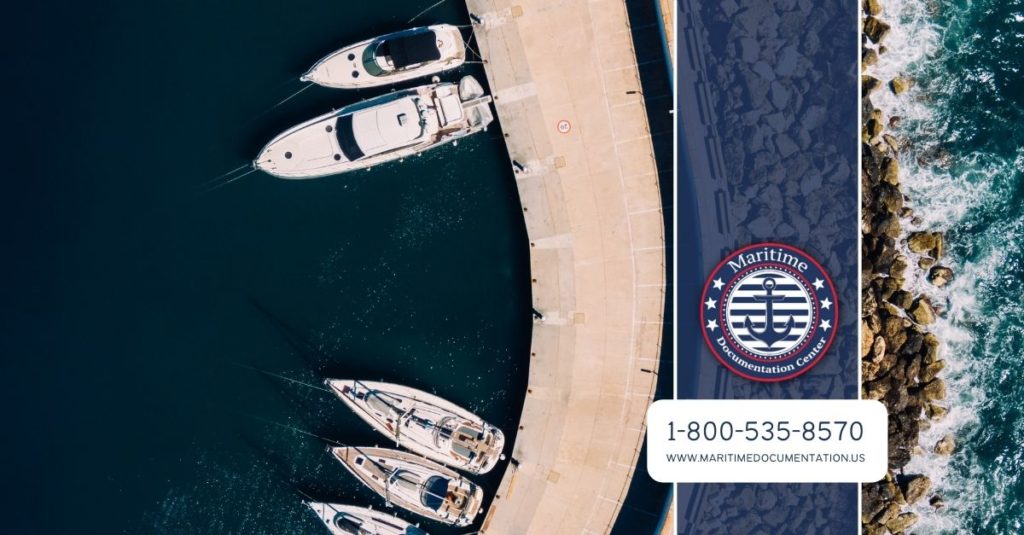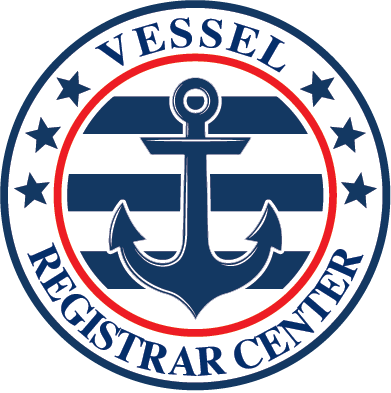Coast guard documentation is a kind of national registration recognized around the world. As a function of government, it has been in existence since the 11th Act of the First Congress.
When it comes to international trade, documentation gives irrefutable confirmation of nationality, allows for free commerce between countries, and allows boats to participate in some limited businesses, such as coastwise trade and fisheries.
Since 1920, the provision of preferred mortgages on recorded boats has helped to make vessel finance more accessible.
The paperwork of a vessel provided by the United States Coast Guard is the ideal way of registering ownership of your boat with the government.
It is typically regarded as a more prestigious kind of registration since it is a national form of registration that provides advantages that would not otherwise be accessible under state registration.

The Advantages of Coast Guard Documentation
Experiencing the World’s Waters
Customs officers worldwide acknowledge Coast guard Documentation from the United States Coast Guard as evidence of ownership and certification of the boat’s origin.
You will instantly get the protection and legal standing provided by the United States Government if you go to international seas while carrying your Certificate of Documentation with you.
This makes it easier to enter and exit foreign ports with little difficulty.
Assurance of Title
The United States Coast Guard has severe criteria to guarantee that each recorded vessel has a clear and indisputable ownership history and that these rules are strictly enforced.
The Maritime Documentation Center maintains a “chain of title,” which records all transactions, including mortgages, bills of sale, and satisfactions.
The Maritime Documentation Center is responsible for maintaining this record. Establishing a documented chain of title allows owners of documented boats to speed the transfer of ownership and refinancing of their vessels.
The documentation of a vessel is beneficial for tracing stolen watercraft across state boundaries since the federally recorded record of ownership makes it easier to trace them down.
Identifying the Vessel
Each boat registered with the United States Coast Guard is assigned an “official number,” which stays the same throughout the boat’s lifetime.
The hull’s inner structure must be marked with a number, placed there by the owner. For appearances, keeping the inside of the hull gives the ship a more appealing aspect.
It is straightforward and convenient to have a single phone number issued for the lifetime of ownership available when onboard the yacht for practical reasons.
Financing
Loan officers choose the Maritime Documentation Center because it offers a reliable record of ownership, and lenders accept lien recording.
As a result, when financing your yacht, most lenders will ask that the United States Coast Guard document the vessel. The lender may still provide better conditions if you agree to have the boat recorded with the Coast Guard, even if the lender does not need USCG paperwork.
The “First Preferred Ship’s Mortgage,” filed with the Coast Guard, is enforceable and acceptable collateral across the United States, its territories, and certain international jurisdictions.
What Is The Documentation Number For The USCG?
The official number (ON) for a documented vessel is the USCG documentation number (DOCN). It’ll be with the boat for the rest of its days.
State registration and federal documents are permitted in certain jurisdictions. In certain jurisdictions, a vessel cannot be registered as both a state-registered vessel and a federally-registered vessel.
Sales tax is still required even if you only have the option of registering with your state or obtaining federal paperwork.
According to state requirements, you must show the state validation sticker on your boat as evidence.
Exactly Where Do You Put The USCG Number?
To use it, you must connect it permanently to your watercraft. While state registration numbers are attached externally to a vehicle, federal document ONs are affixed within.
However, it must be at an easily accessible location. In addition to the official registration number, you must also mention the name of your ship.
According to flsenate.gov, Roman, Arabic, or Latin numerals are all acceptable options for the name. The maximum number of characters is 33.
Check with the US Coast Guard before embarking on an overseas voyage to make sure that your vessel is adequately documented and that the USCG documentation number has been permanently affixed to it.
If you want to show the number in the vessel’s interior, you must first write NO before the selected number in the code.
Using Arabic numbers and uppercase letters are required. In addition, it must stand at least three inches tall.
In summary, abstracts of title can be pivotal in determining the background of any given vessel.
They should not be overlooked or ignored because this valuable piece of information might contain important information about the history of your boat.
When searching for a new boat, you will likely encounter numerous vessels that do not have their records available.
Knowing how to obtain an abstract can help you identify discrepancies with the owner’s claim (for example, stolen vessels), which could help prevent financial loss.




